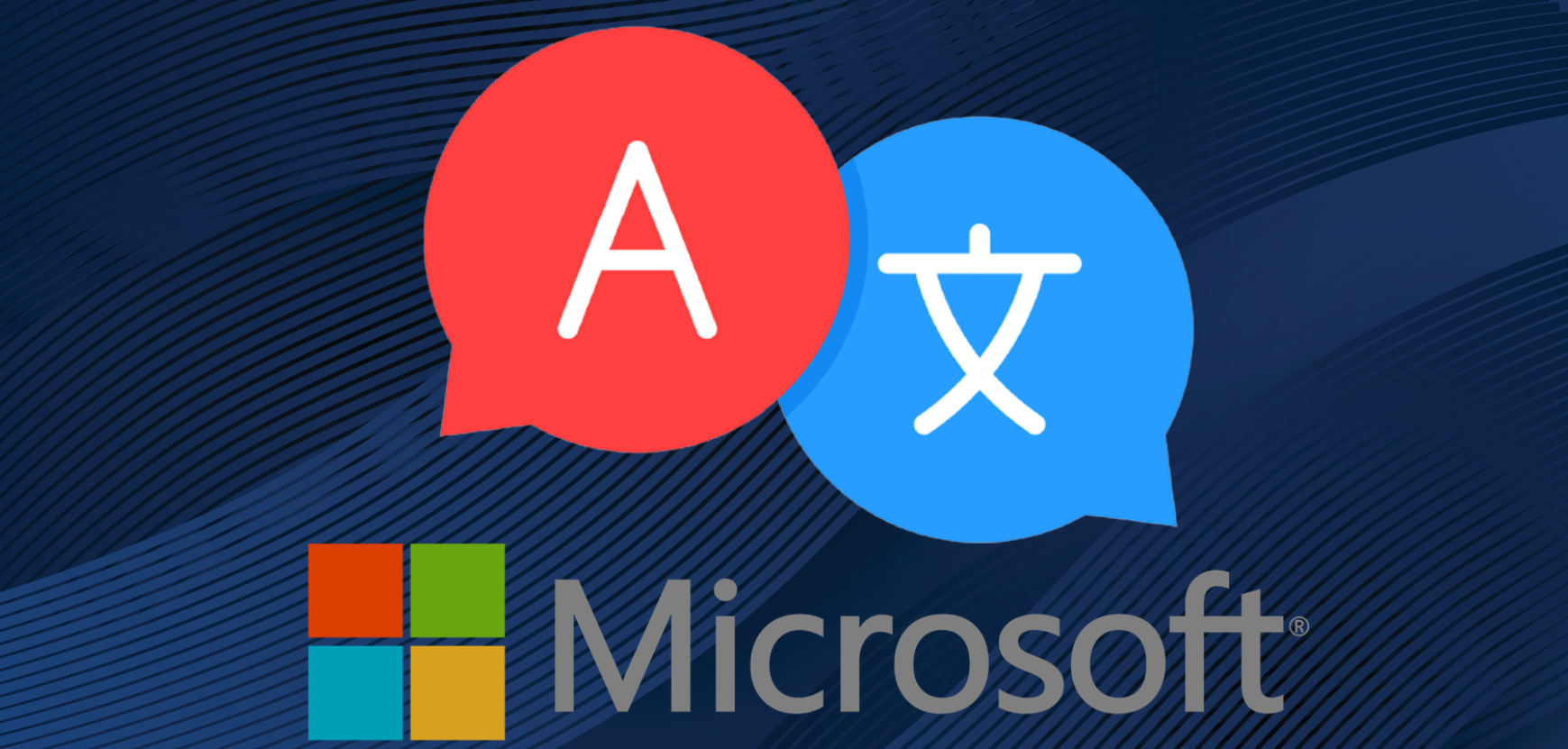Earlier this week Microsoft announced a new upgrade to its machine translation (MT) software, Microsoft Translator. The updated version utilizes Z-code, a multilingual artificial intelligence (AI) model that capitalizes on transfer learning and similarities between different language pairs to produce more accurate translations while requiring less data.

Microsoft’s Azure AI and Project Turing teams developed Z-code as part of the company’s XYZ-initiative, which essentially aims to create AI that is capable of complex cognitive processes like sight, listening, and understanding. The XYZ-initiative features a three-pronged approach to developing AI, with Z-code focusing on multilingual communication.
“With Z-code we are really making amazing progress because we are leveraging both transfer learning and multitask learning from monolingual and multilingual data to create a state-of-the-art language model that we believe has the best combination of quality, performance and efficiency that we can provide to our customers,” said Azure AI’s chief technology officer Xuedong Huang, in a recent blog post.
According to Microsoft, Z-code uses transfer learning, which allows the model to store knowledge gained by completing one task and applying that knowledge to different, but related tasks. Z-code takes advantage of the similarities between languages — for example, the similar vocabularies of English and French — to train the MT model using transfer learning. According to Microsoft, this allows the models to translate using less data.
This ultimately allows the model to produce accurate translations for languages where less data is readily available. According to Microsoft, Translator previously used two models for each translation direction (i.e., one model for French to English and another for English to French), but Z-code allows Translator to use one model for both directions, making the process more efficient.
“The 107 languages we currently support might cover what’s spoken at the Olympics or the United Nations,” Huang said. “But there are 7,000 languages spoken around the world and there are a lot of small communities we aren’t able to support yet. We want to be fully multilingual with our AI because our goal is to serve every citizen on the planet.”
Currently, the updated version of Microsoft Translator is only available by invite as a preview, however interested companies can apply to access the preview through Microsoft’s website.
“Our goal is to help everyone and every organization on the planet to communicate better, and to achieve that goal there are really two important dimensions — we want the quality of translations to be as good as possible and we want to support as many languages as possible,” Huang said.
https://multilingual.com/